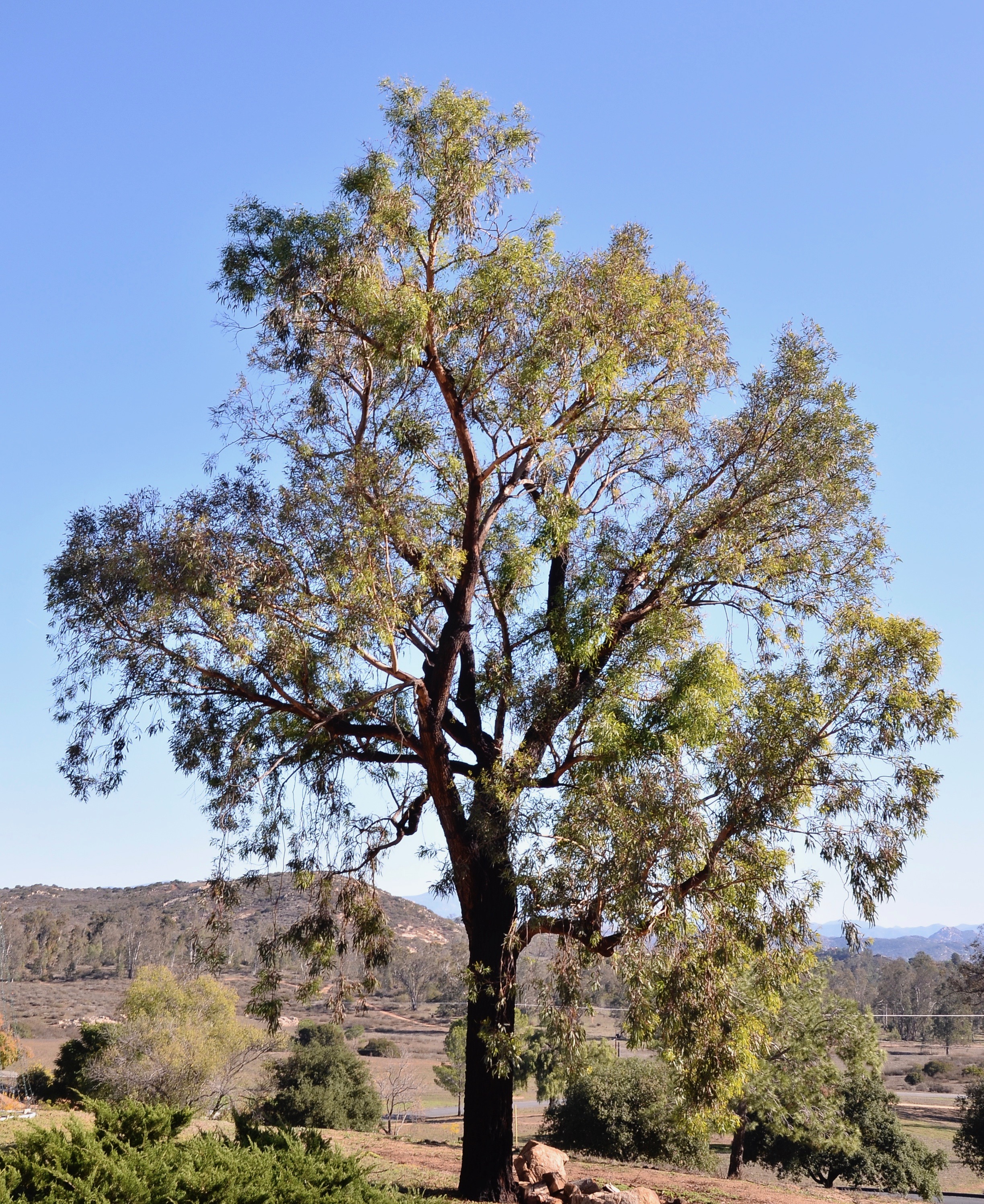All posts by Lemfel
So much that I’ve learned from the Lemurian Philosophy has become part of my daily living and thinking that I sometimes forget just how blessed I am to have this unique source of understanding and guidance. Sometimes, it’s too easy to take the knowledge I’ve gained from my studies for granted, but then an experience comes along that brings its value into sharp focus. For instance, it’s most reassuring to know that in spite of appearances, we won’t lose our minds.
My father has dementia. On a good day, he gets confused. On a bad day, he thinks people are trying to kill him.
This is the same man who worked for 40 years as an electrical engineer, eventually becoming a recognized authority on the radar used in the F-16 fighter jet. His mind was razor sharp and I soon came to know that if he remembered something in a particular way, I could trust that he was right.

An especially fond childhood memory shows how his mind worked. One day we were at the ocean, standing at the water’s edge watching tankers on the horizon move up and down the coast. I asked him how far it was to the horizon. I was expecting a simple answer like, “Oh, about four miles or so.” Instead, I got something like: “Let’s see…the curve of the earth is such and such. We’re at sea level so we don’t have to factor in any atmospheric distortion. Your eyes are about three feet above ground, and mine are about five and a half feet. So the angle is … for you, and … for me.” Then, based on these observations, he gave some very specific distances, such as 3.9 miles for me and 4.2 miles for him.
How different it is now! With his dementia, not only can my dad not remember what time dinner is, he can’t figure out that if dinner is at 5:00 and it’s 4:15, it will be another 45 minutes. Sometimes, he doesn’t remember that he already ate. And yet, in the face of this experience, I’m confident that we won’t lose our minds. I know my dad doesn’t have much more time with us, and when he passes through transition, we will be sad. But I also know something very reassuring.
The Lemurian Philosophy explains that the brain is a physical organ, the mind a power that operates through the brain. We are assured that even though most people’s bodies and brains break down as they near the end of this physical life, we won’t lose our minds. My dad is just having an increasingly difficult time using this physical organ, his brain, to express himself. But when he does pass over to the unseen side, all the hard-earned intelligence, knowledge, and wisdom he has gained in this full and successful life will go with him. Nothing will be lost. He will be full and complete and ready for whatever great adventure lies ahead.





